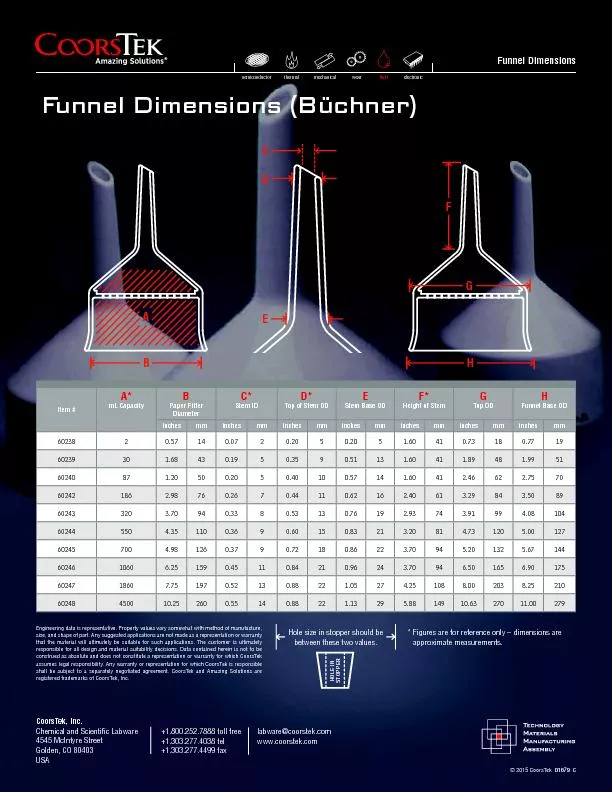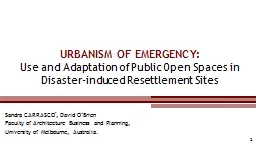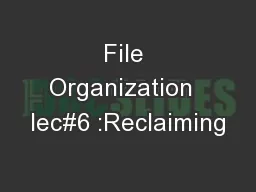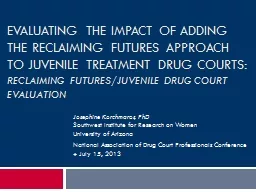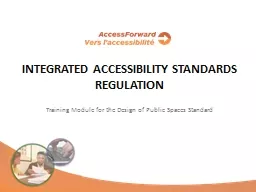PPT-Reclaiming the White Spaces:
Author : alexa-scheidler | Published Date : 2016-06-30
Spectrum Efficient Coexistence with Primary Users George Nychis Ranveer Chandra Thomas Moscibroda Ivan Tashev Peter Steenkiste Carnegie
Presentation Embed Code
Download Presentation
Download Presentation The PPT/PDF document "Reclaiming the White Spaces:" is the property of its rightful owner. Permission is granted to download and print the materials on this website for personal, non-commercial use only, and to display it on your personal computer provided you do not modify the materials and that you retain all copyright notices contained in the materials. By downloading content from our website, you accept the terms of this agreement.
Reclaiming the White Spaces:: Transcript
Download Rules Of Document
"Reclaiming the White Spaces:"The content belongs to its owner. You may download and print it for personal use, without modification, and keep all copyright notices. By downloading, you agree to these terms.
Related Documents


